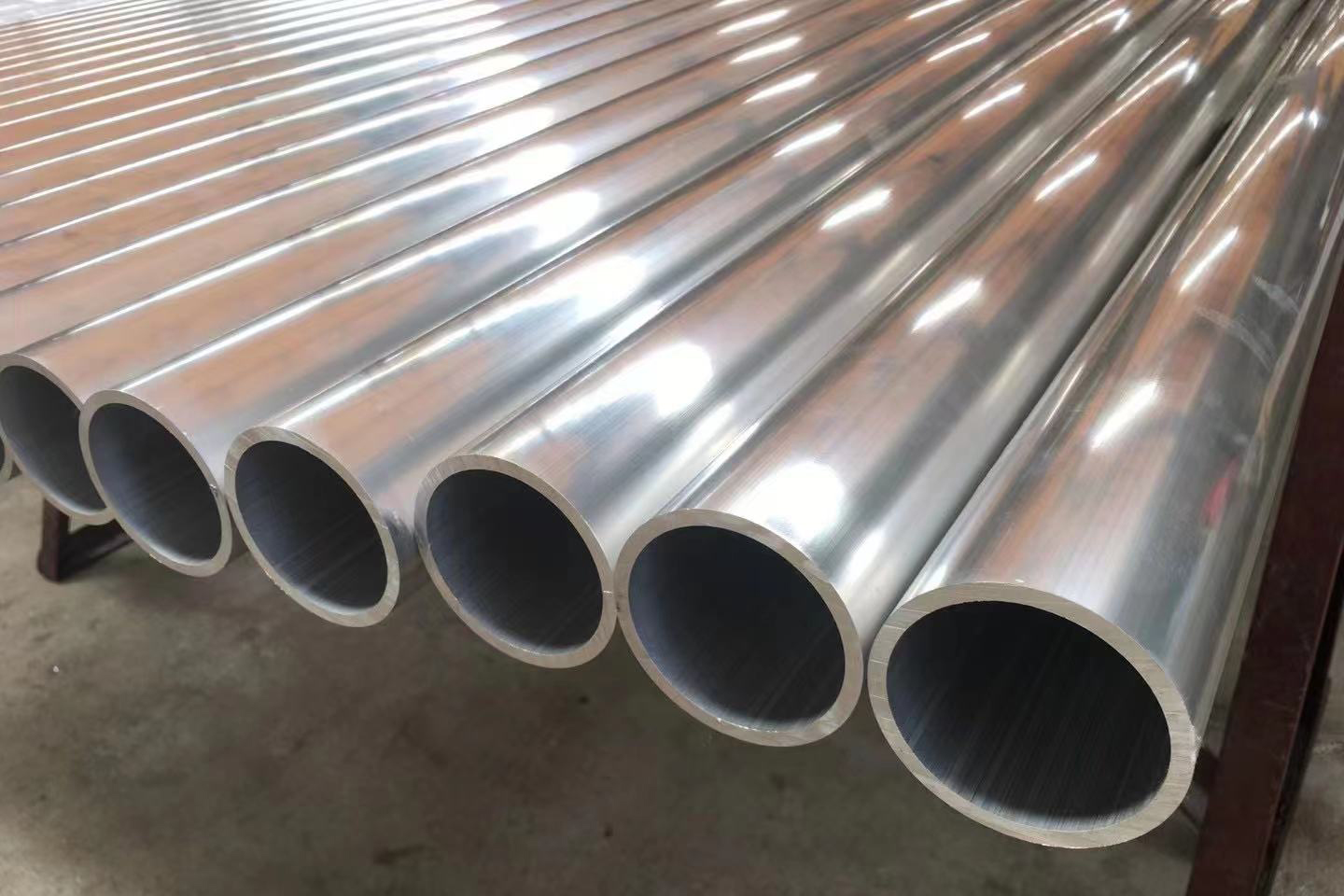
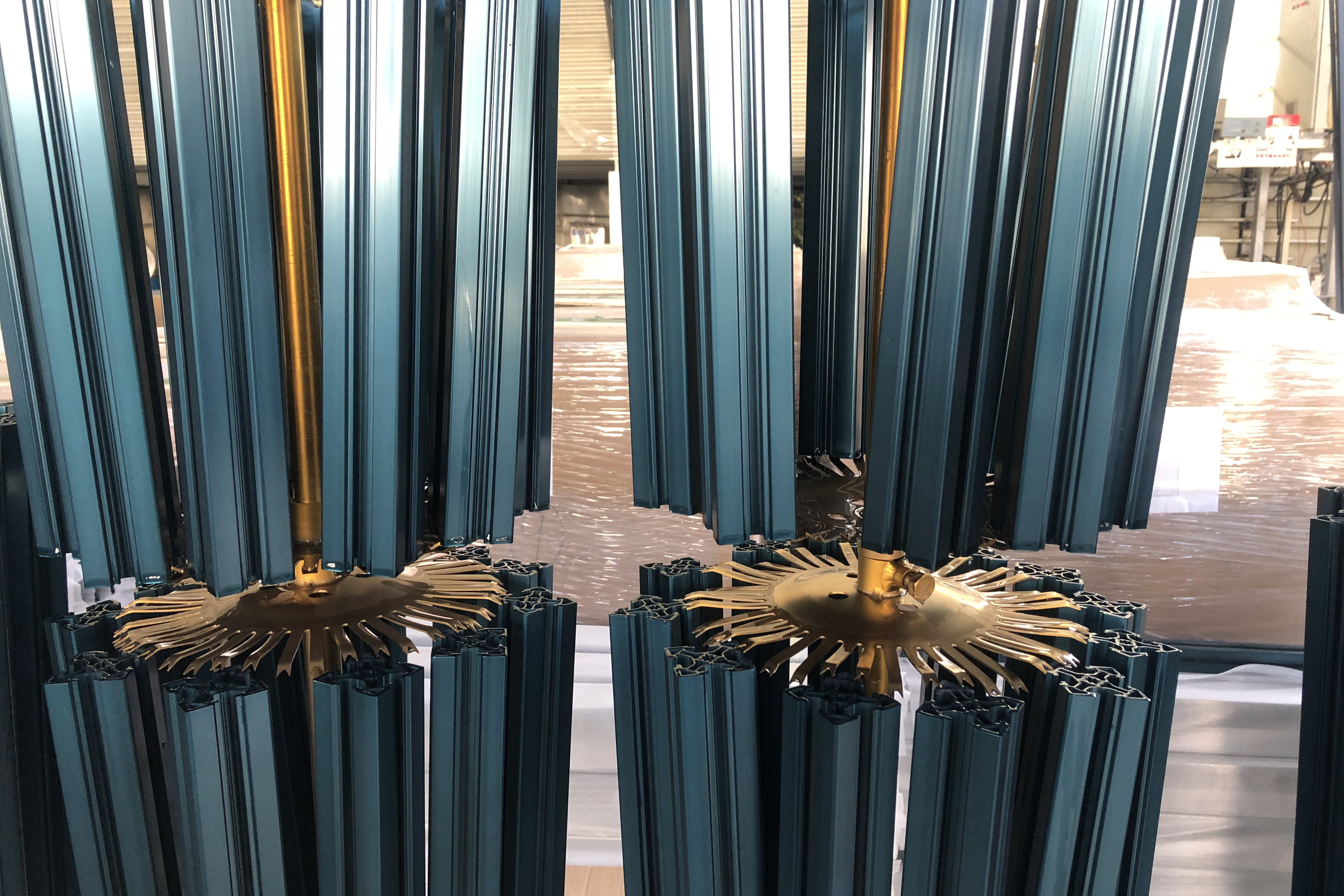
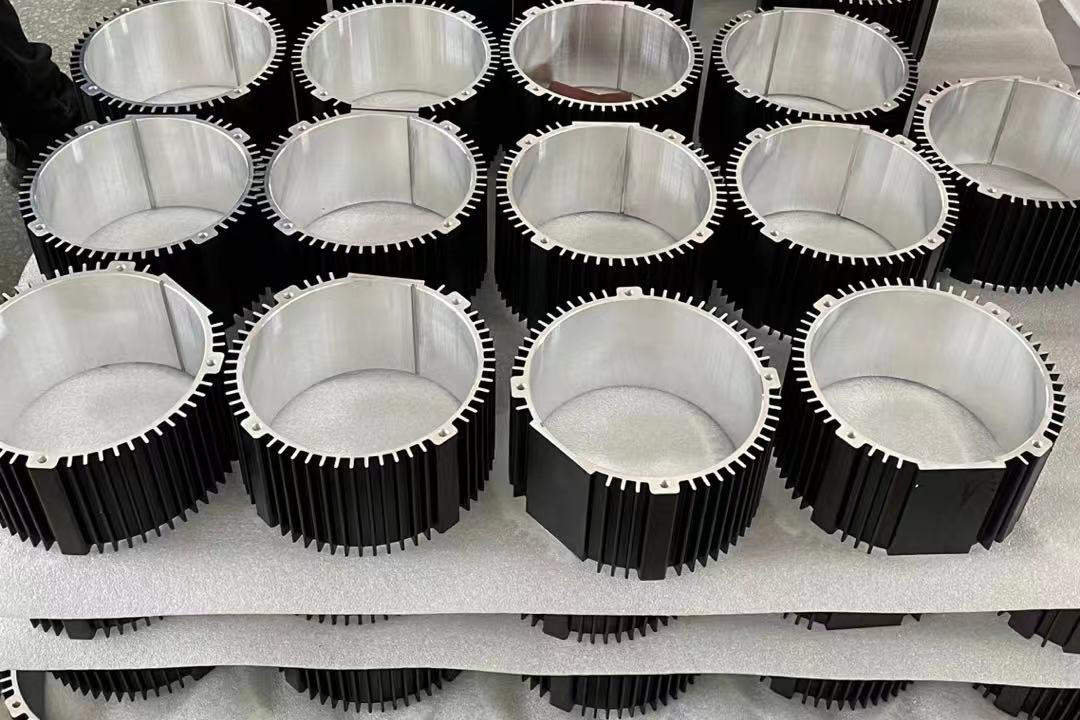
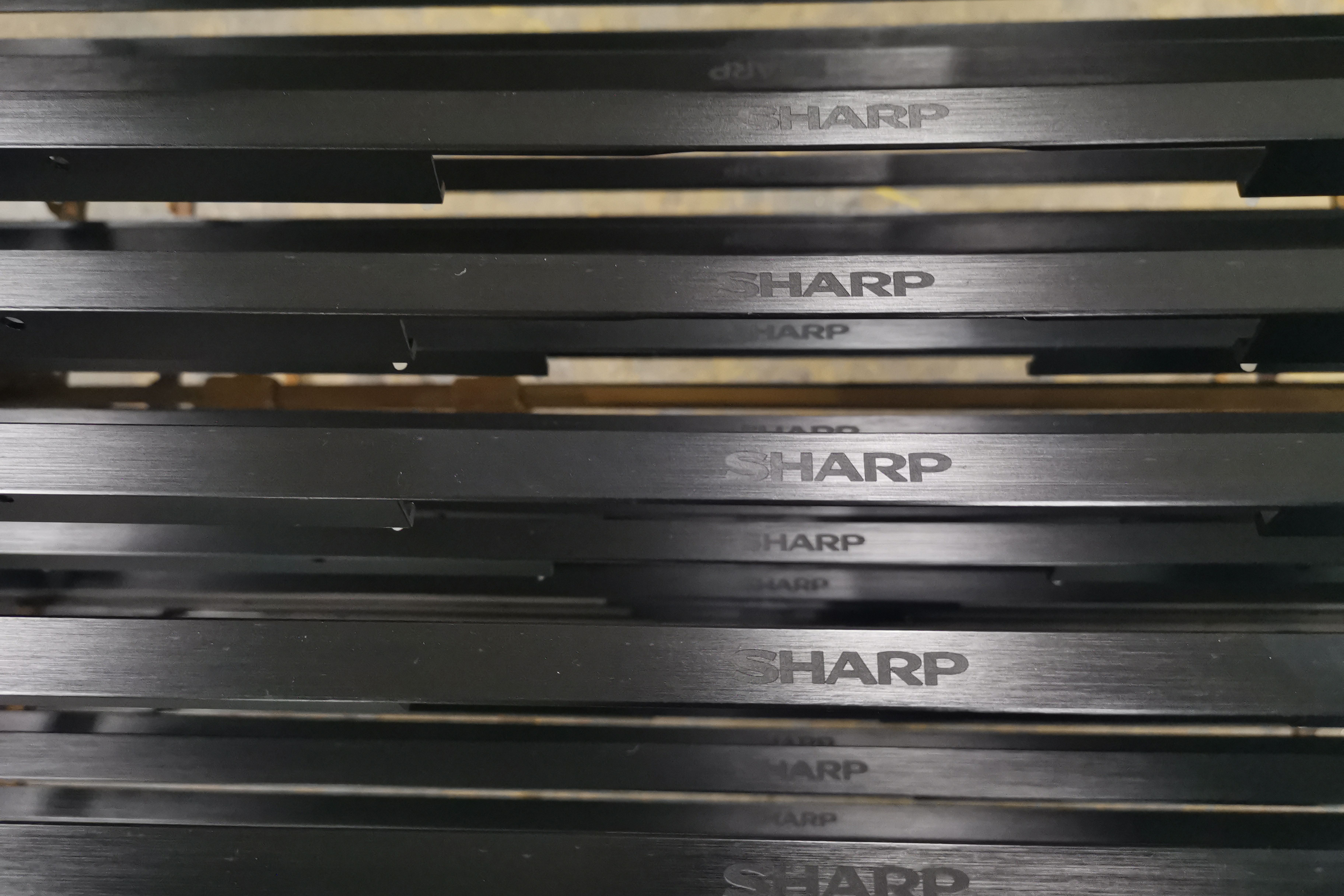
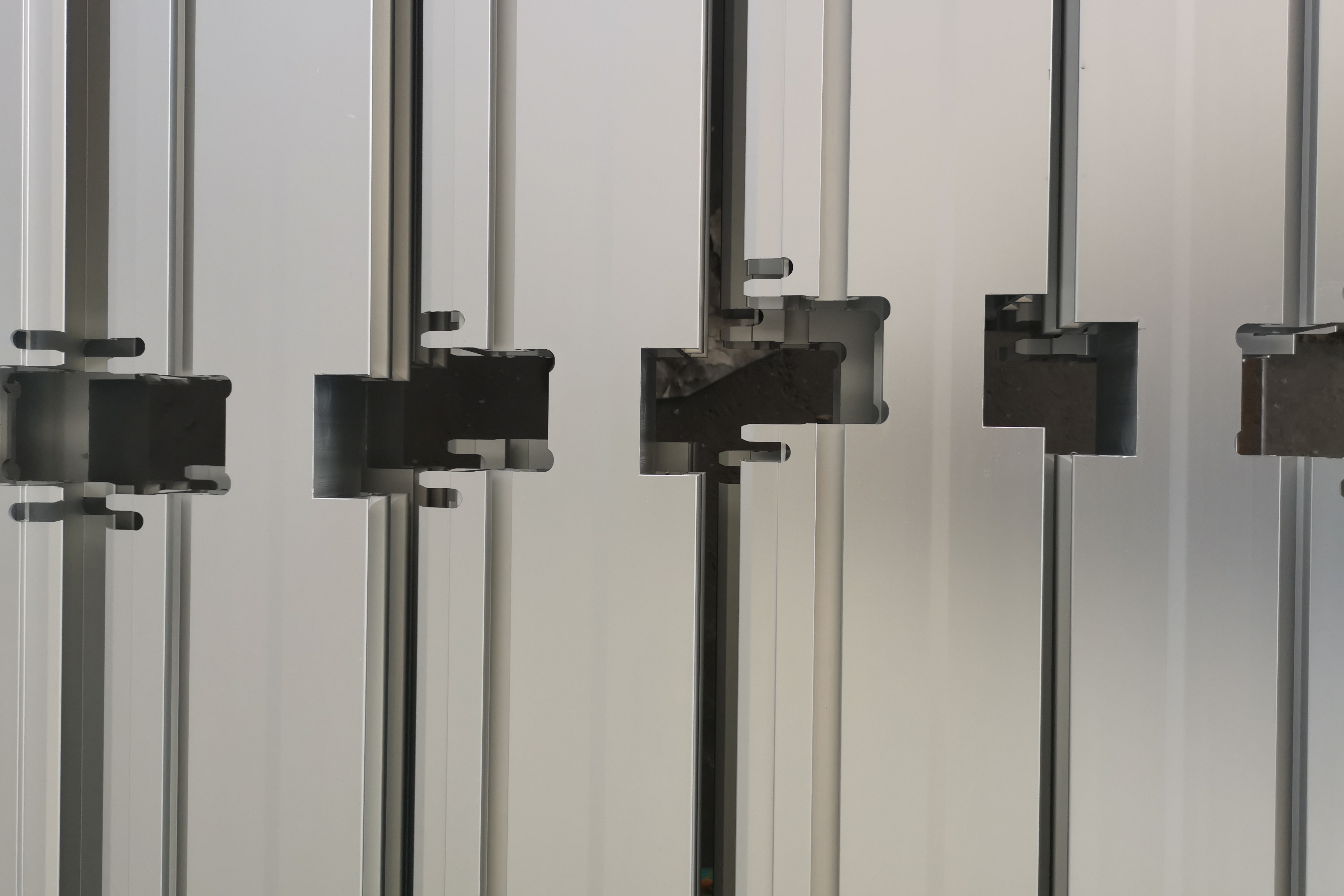
What is aluminum anodizing?
Unlike iron or steel, aluminum does not rust easily. Instead, it oxidizes, forming a thin layer of aluminum oxide on the surface when it comes in contact with oxygen.
This dense layer of corrosion actually helps protect the metal beneath. Hard anodizing provides more corrosion protection by thickening the oxide layer and preserving the quality of the metal underneath.
Aluminum anodizing involves allowing an electric current to pass through the aluminum before it is placed in an acid bath, where it becomes the anode in a circuit. The electric current causes oxygen to be released at the anode, which reacts with the aluminum to form an oxide layer. The thickness of the aluminum layer depends on how long the aluminum stays in the vessel.
Benefits of Anodizing
1. improve corrosion resistance 2. enhance hardness 3. strong adsorption ability
4. Very good insulation performance 5. Excellent adiabatic and thermal resistance 6. Increased aesthetics, customizable colors
Types of Surface Finishes
1. The mechanical finish
Aluminium can be mechanically finished like other metals, and usually with the same kinds of equipment. Polishing, buffing and blasting can all be used to create a smooth surface, as they use abrasion to remove the metal.
2. The chemical finish
A chemical treatment can be applied to aluminium for various purposes. This can include chemical cleaning to remove soils, chemical brightening to achieve a reflective surface, and etching to create mattness.
3. The anodized finish-the most welcomed surface finishes for aluminium alloys products
This electrochemical process is one of the most widely-used finishing methods, having been around for over 70 years. It involves thickening the natural oxide layer to create a dense film – the longer the aluminium is left in the anodising tank, the thicker the coating.
Incredibly durable, it provides an extra layer of protection, with increased resistance to corrosion and general wear. Anodised aluminium also has great UV protection which makes it ideal for being used outdoors.
Easy to clean on a regular basis, it’s also possible to add a dye so as to offer a range of colours.
Benefits of Anodizing: improve corrosion resistance;enhance hardness;strong adsorption ability;Very good insulation performance; Excellent adiabatic and thermal resistance;Increased aesthetics, customizable colors.
We can work on silver anodizing, sandblasted anodizing, coloring anodizing and hard anodizing etc.
4. The powder coating finish
Another popular treatment, the powder coating finish is essentially paint without the solvent. A mixture of resin and pigment, it’s applied using a spray gun then fused into a smooth coating in a curing oven.
One of the main advantages of powder coating is its uniformed nature and guaranteed consistency – powder-coated aluminium that’s installed at the beginning of a project will look exactly the same as that which is installed at the end. It’s also available in a huge range of colour choices, and you can even get metallic or textured finishes, making it super versatile.
It does tend to be more likely to fade, and if applied incorrectly it can result in an unsatisfactory appearance – that’s why it’s essential that the aluminium is pretreated. However, it’s often easier to repair than other types of finish, meaning you can get more out of its lifespan.